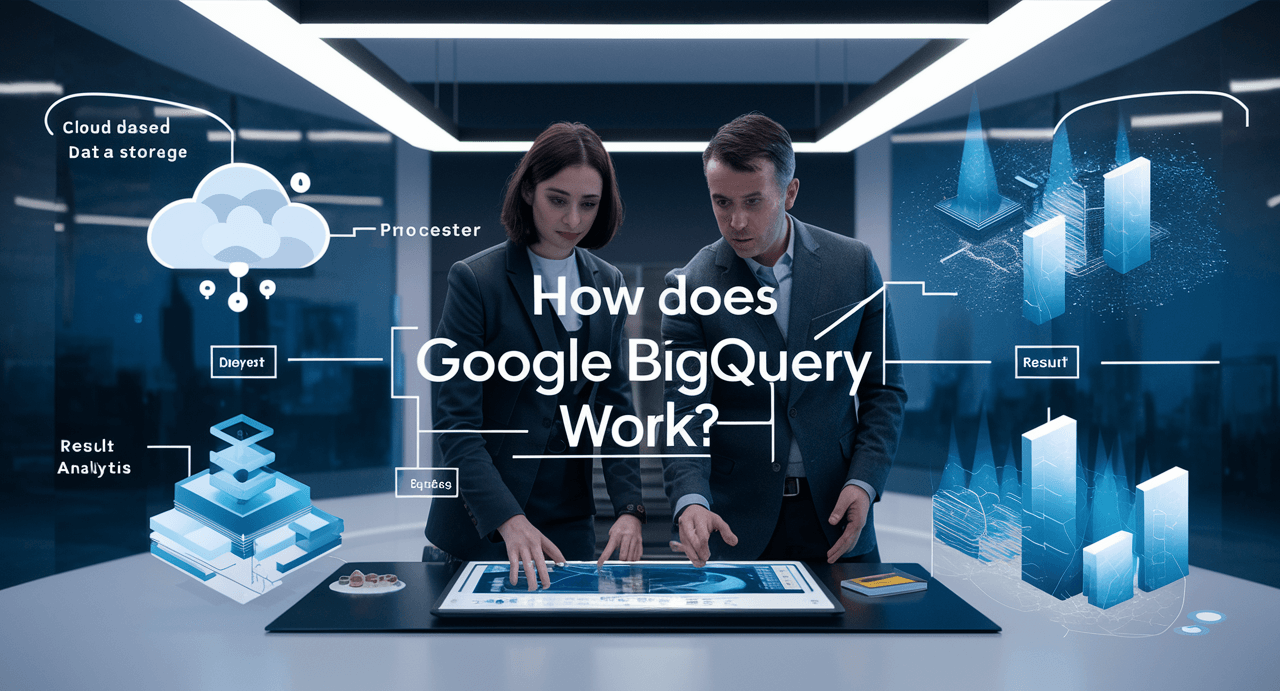Cloud computing has revolutionized the IT landscape, providing organizations with unprecedented scalability, agility, and cost-efficiency. As we venture further into 2024, cloud computing is continuing to evolve, shaping the way businesses operate and deliver services. In this blog post, we will explore the top cloud computing changes that have dominated the industry in 2023.

Jump ahead to
What is Cloud Computing?
Cloud computing has enabled organizations to embrace innovation and accelerate their digital transformation journey. Cloud computing refers to the delivery of computing resources, including servers, storage, databases, networking, software, and analytics, over the Internet. Rather than hosting and managing these resources locally on individual computers or on-premises servers, cloud computing allows organizations to access and utilize these resources remotely through a network of servers hosted by a cloud service provider.
6 Major Changes in Cloud Computing:
Cloud Computing landscape has undergone significant changes and continues to evolve as new technologies, trends, and market demands emerge. Let us have a look at the notable changes.
Multi-Cloud and Hybrid Cloud Adoption:
We are witnessing a significant surge in multi-cloud and hybrid-cloud adoption. Organizations are realizing that a one-size-fits-all approach to cloud infrastructure may not be suitable for their unique requirements. Multi-cloud strategies involve leveraging multiple cloud service providers. This helps in achieving greater flexibility, avoiding vendor lock-in, and optimizing cost and performance. Hybrid cloud environments combines private clouds, allowing organizations to keep sensitive data on-premises while benefiting from the scalability and elasticity of public cloud services. The change towards multi-cloud and hybrid cloud adoption is driven by the need for diverse and tailored cloud solutions to meet specific business demands.
Edge Computing and Cloud:
Edge computing involves processing data closer to its source rather than relying on a centralized cloud infrastructure, is gaining momentum. With the exponential growth of Internet of Things (IoT) devices and real-time applications, the latency and bandwidth limitations of traditional cloud computing models are becoming apparent. Edge computing brings computing resources closer to the edge of the network, reducing latency, enhancing real-time data processing capabilities, and improving the overall user experience. Cloud providers are now integrating edge computing solutions into their offerings, enabling organizations to leverage a combination of edge and cloud resources to optimize data processing and analysis.
Serverless Computing:
Serverless computing, also known as Function-as-a-Service (FaaS), has made a significant impact. It allows developers to focus on writing code without the need to manage underlying infrastructure. In this model, cloud providers take care of provisioning, scaling, and managing the servers, allowing organizations to pay only for the actual compute resources consumed. Serverless computing provides benefits such as reduced operational overhead, increased scalability, and faster time-to-market for applications.
Artificial Intelligence (AI) and Machine Learning (ML) in the Cloud:
AI and ML are transforming various industries, and cloud computing is the perfect platform to leverage the power of these technologies. There is an increased integration of AI and ML capabilities into cloud services. Cloud providers are investing heavily in AI/ML infrastructure, tools, and frameworks, enabling organizations to develop and deploy sophisticated AI/ML models at scale. From natural language processing to computer vision and predictive analytics, cloud-based AI/ML services are democratizing access to advanced technologies, empowering organizations to extract valuable insights from their data and gain a competitive edge.
Enhanced Cloud Security:
As cloud adoption continues to grow, so does the need for robust security measures. In 2023, there has been significant advancements in cloud security technologies and practices. Cloud providers are continuously enhancing their security offerings, leveraging technologies such as encryption, data loss prevention, and advanced threat detection. Additionally, regulatory compliance requirements, such as the General Data Protection Regulation (GDPR) and the California Consumer Privacy Act (CCPA), are driving organizations to implement stringent security measures to protect sensitive data in the cloud.
Serverless Databases:
Alongside serverless computing, serverless databases are gaining attention in 2023. Serverless databases eliminate the need for organizations to manage and scale database infrastructure manually. These databases automatically scale based on workload demands, allowing organizations to focus on application development rather than database management. With serverless databases, organizations benefit from high availability, scalability, and pay-per-usage pricing models. As the demand for scalable and cost-effective databases increases, serverless databases play a crucial role in enabling organizations to store, retrieve, and analyze data efficiently.
Conclusion:
Cloud computing is at the forefront of digital transformation, and in 2023, organizations will continue to leverage the power of the cloud to drive innovation and achieve their business objectives. Embracing these changes have enabled organizations to unlock new opportunities, improve operational efficiency, and deliver enhanced services to their customers. As the cloud ecosystem continues to evolve, staying informed about these changes is crucial for organizations seeking to stay competitive in an increasingly digital world. Certified Cloud Security Practitioners keep a watch about these changes to prepare for its impact on the organization.



